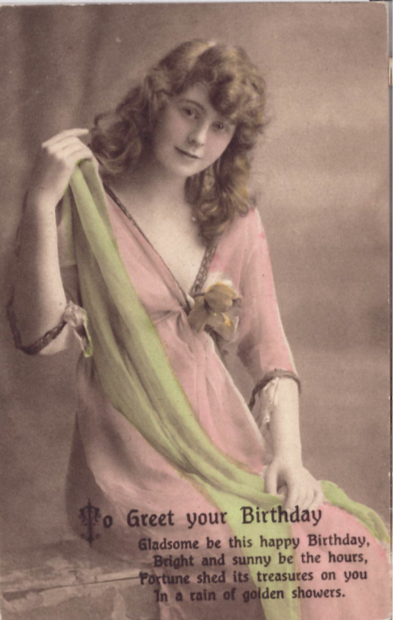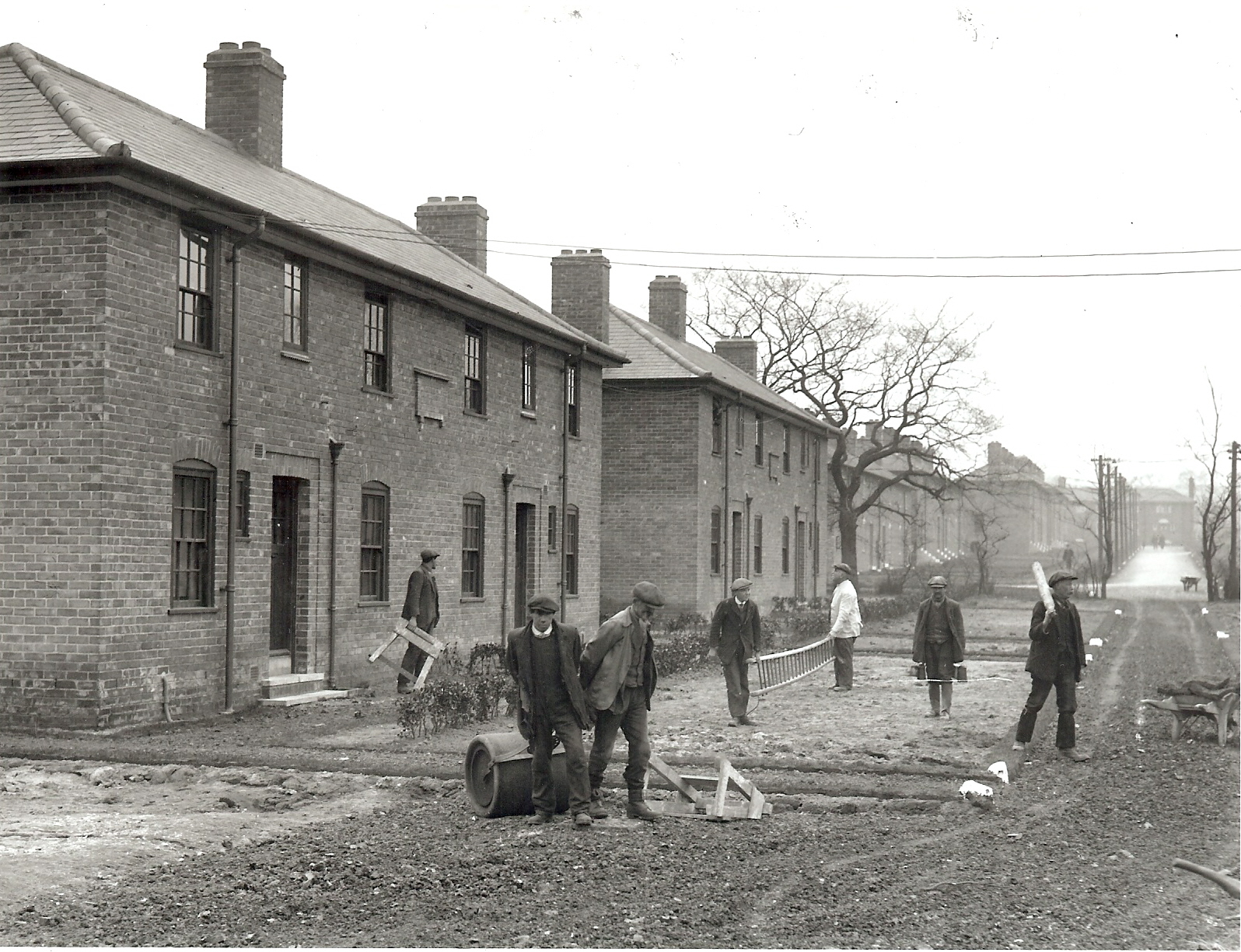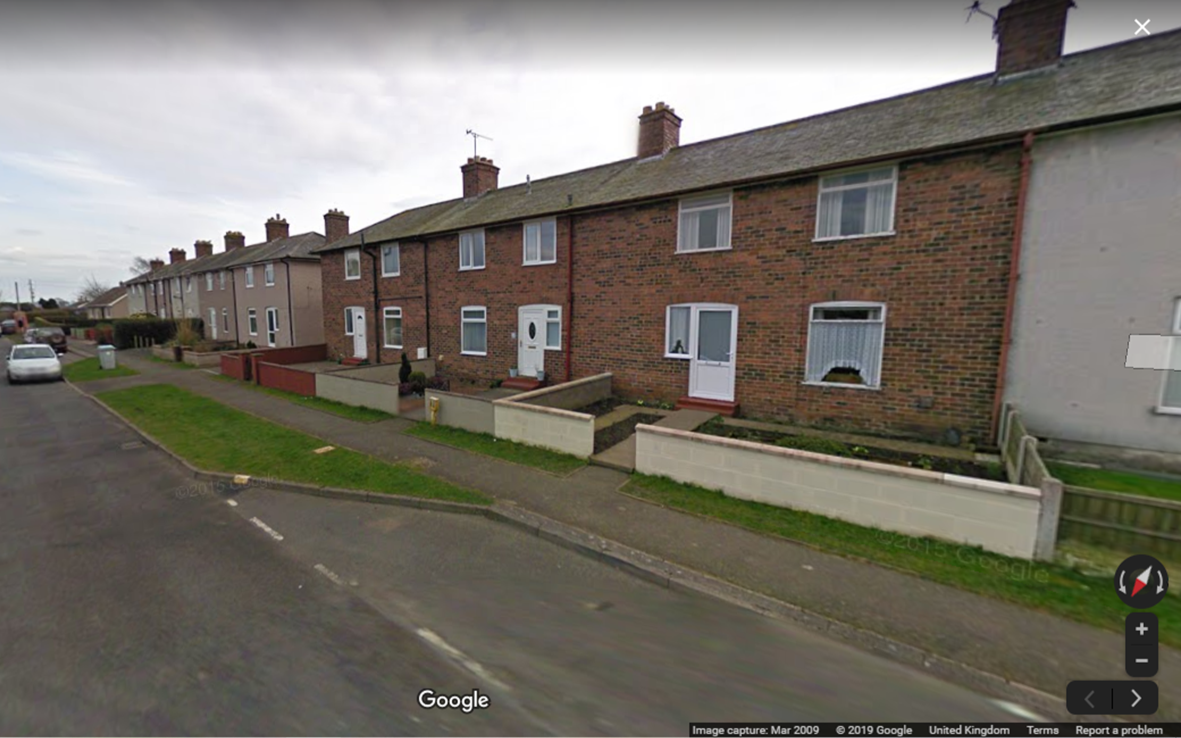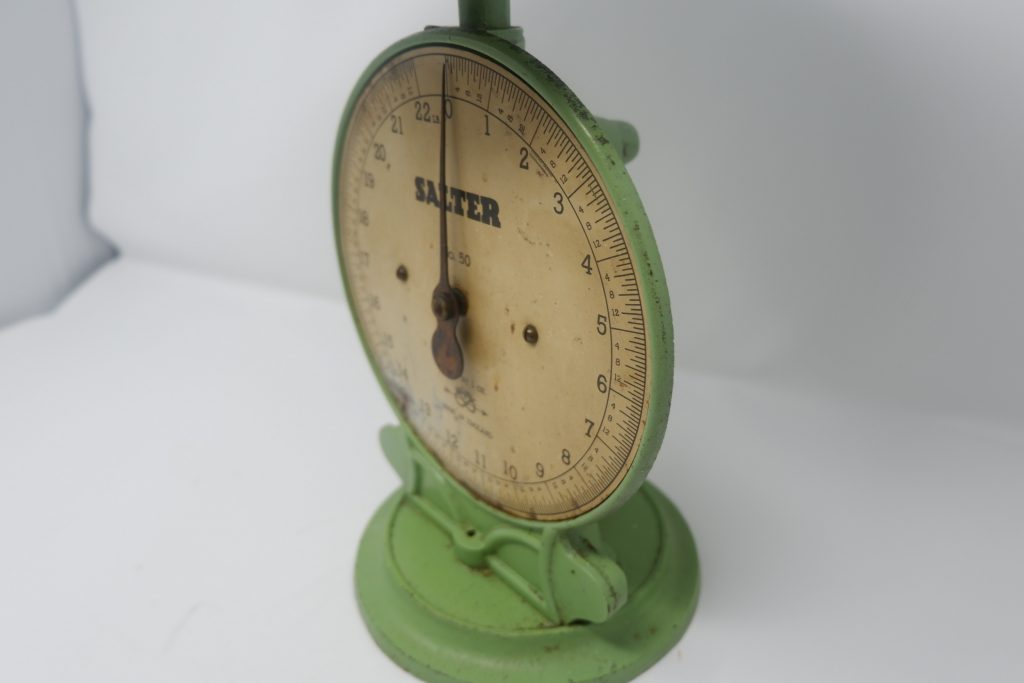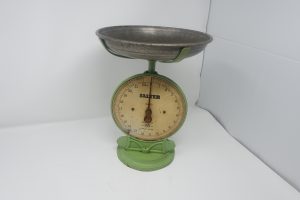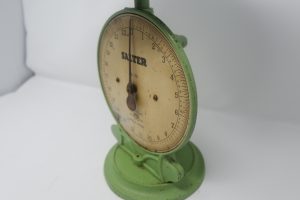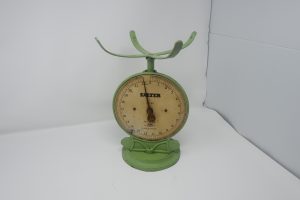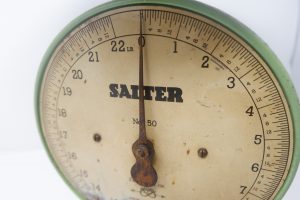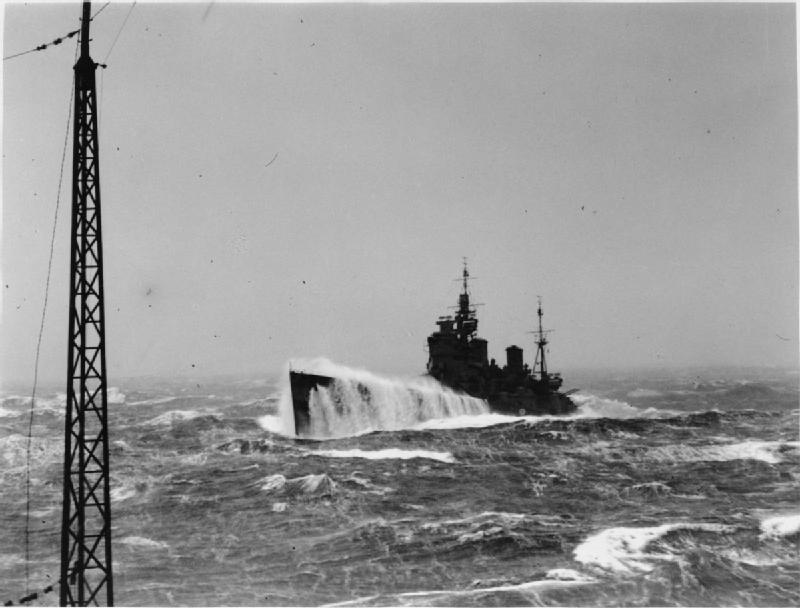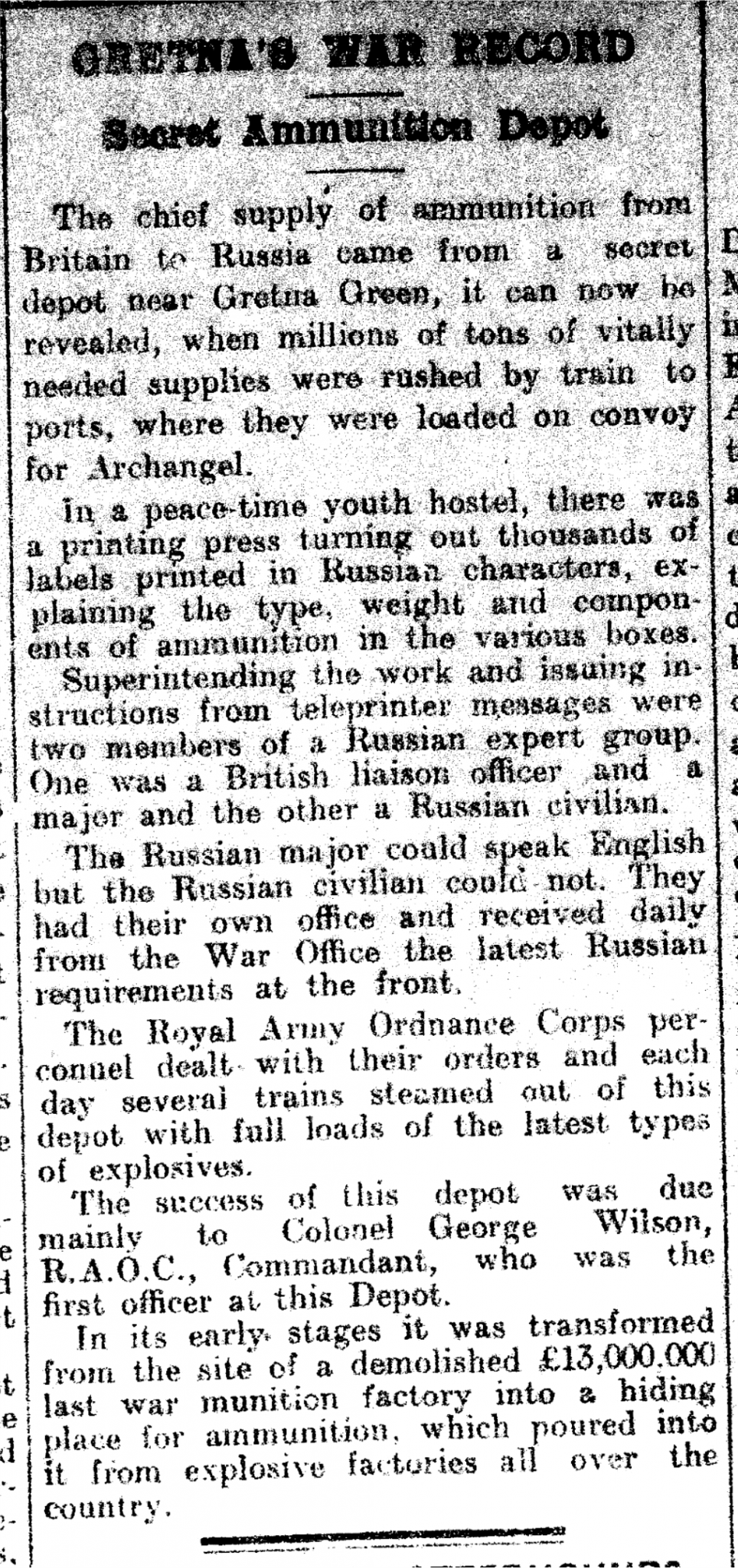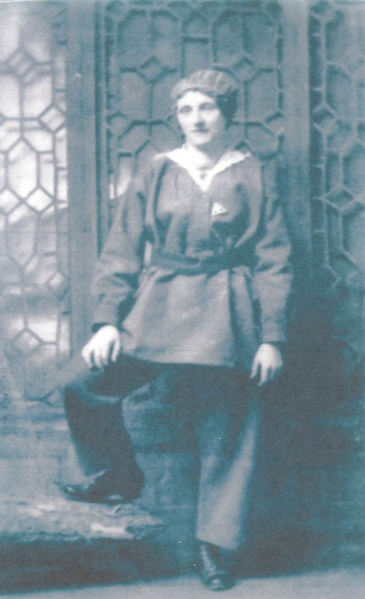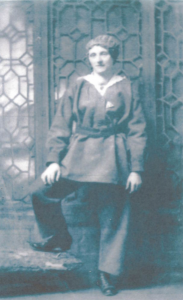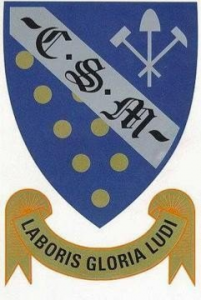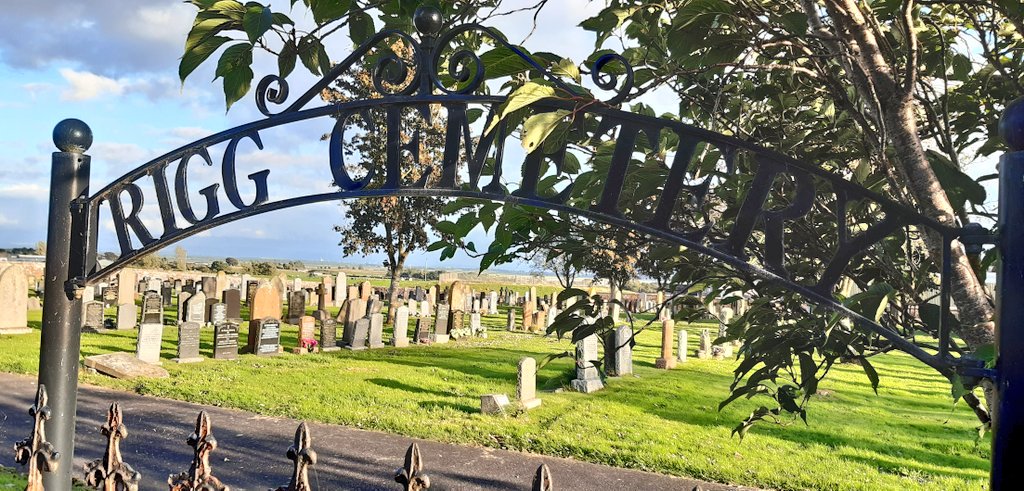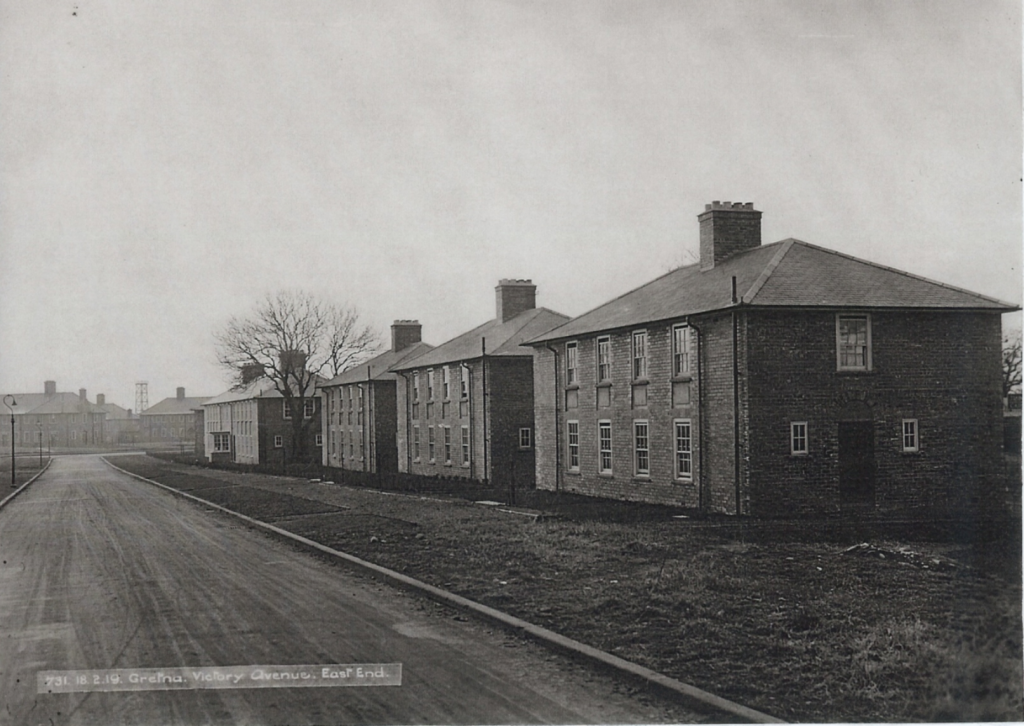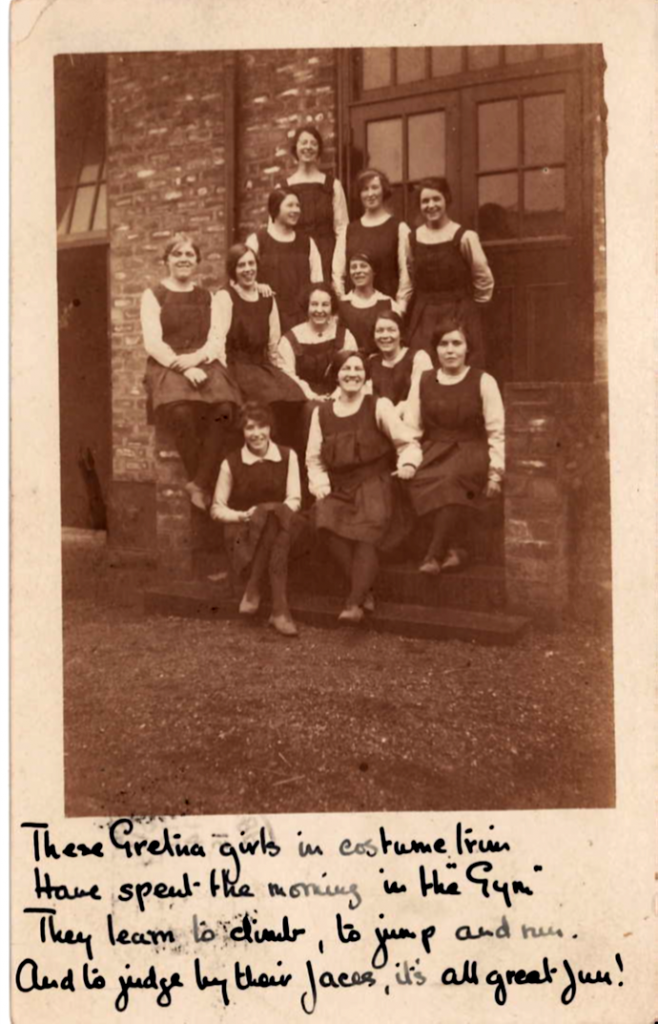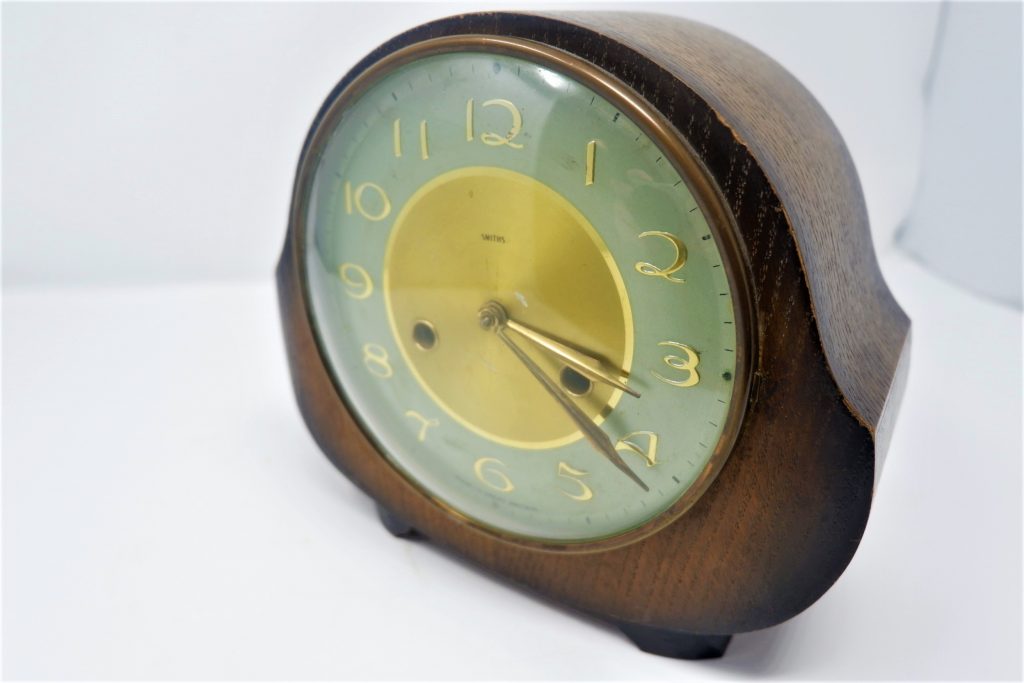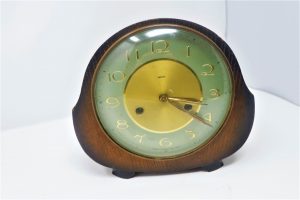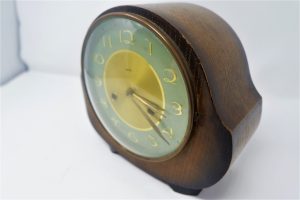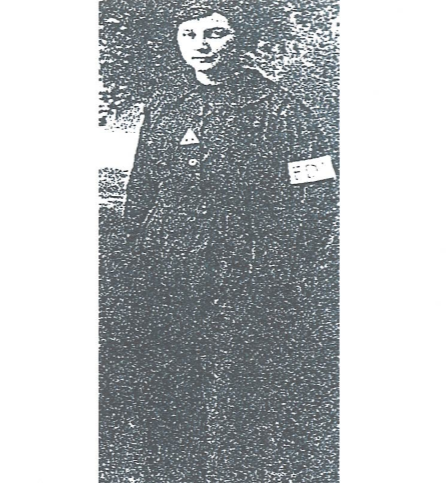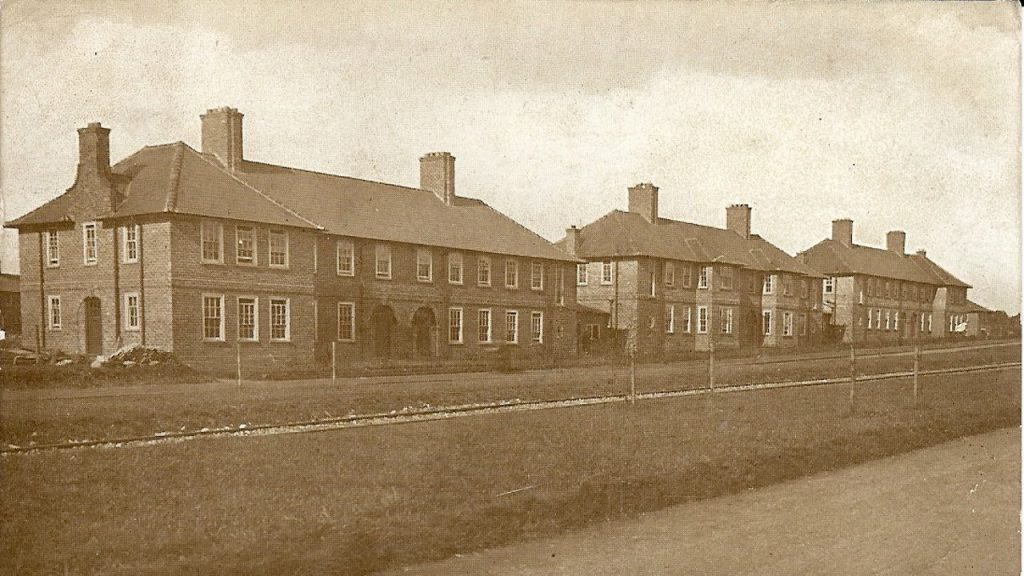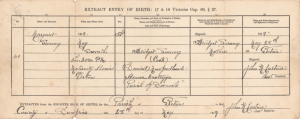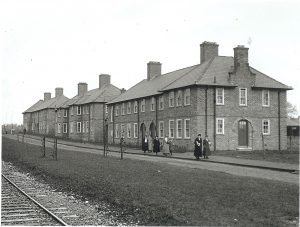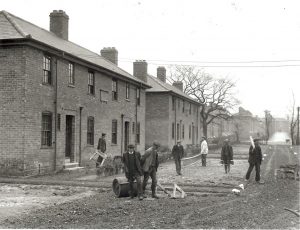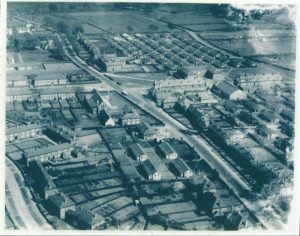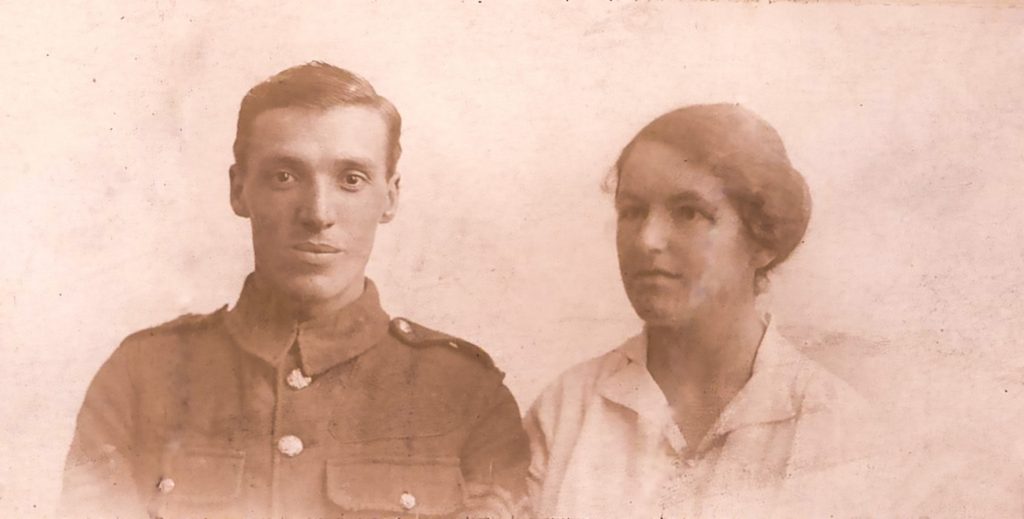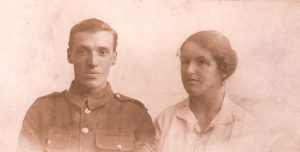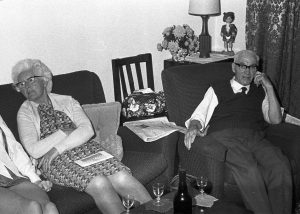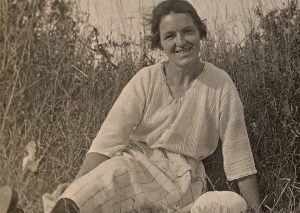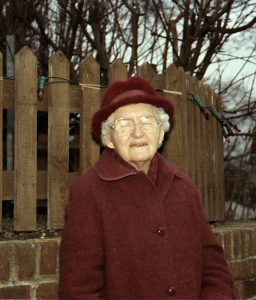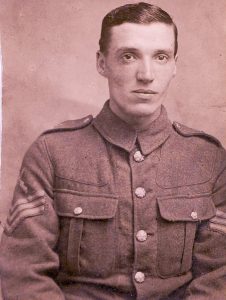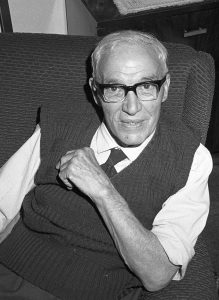We recently discovered this postcard and have added it to our collection. It shows a group of ‘Gretna Girls’ i.e. munition workers from HM Factory Gretna outside the gymnasium. HM Factory Gretna was the greatest factory on earth in World War One, it employed 12,000 women (The Devil’s Porridge Museum tells its story).
The workers were comparatively well looked after with a Social and Recreation Department through which the gym and other facilities were provided. A document in the Museum’s collection states that,
“…each township [Gretna and Eastriggs built to house the workers] became possessed of an Institute, a Cinema, a spacious Hall for Meetings, Concerts and Dances, a Mission Hall, smaller buildings for general purposes and a Recreation ground with pitches for Cricket, Football, Hockey and other healthy games. Tennis Courts and Bowling Greens were also provided.”
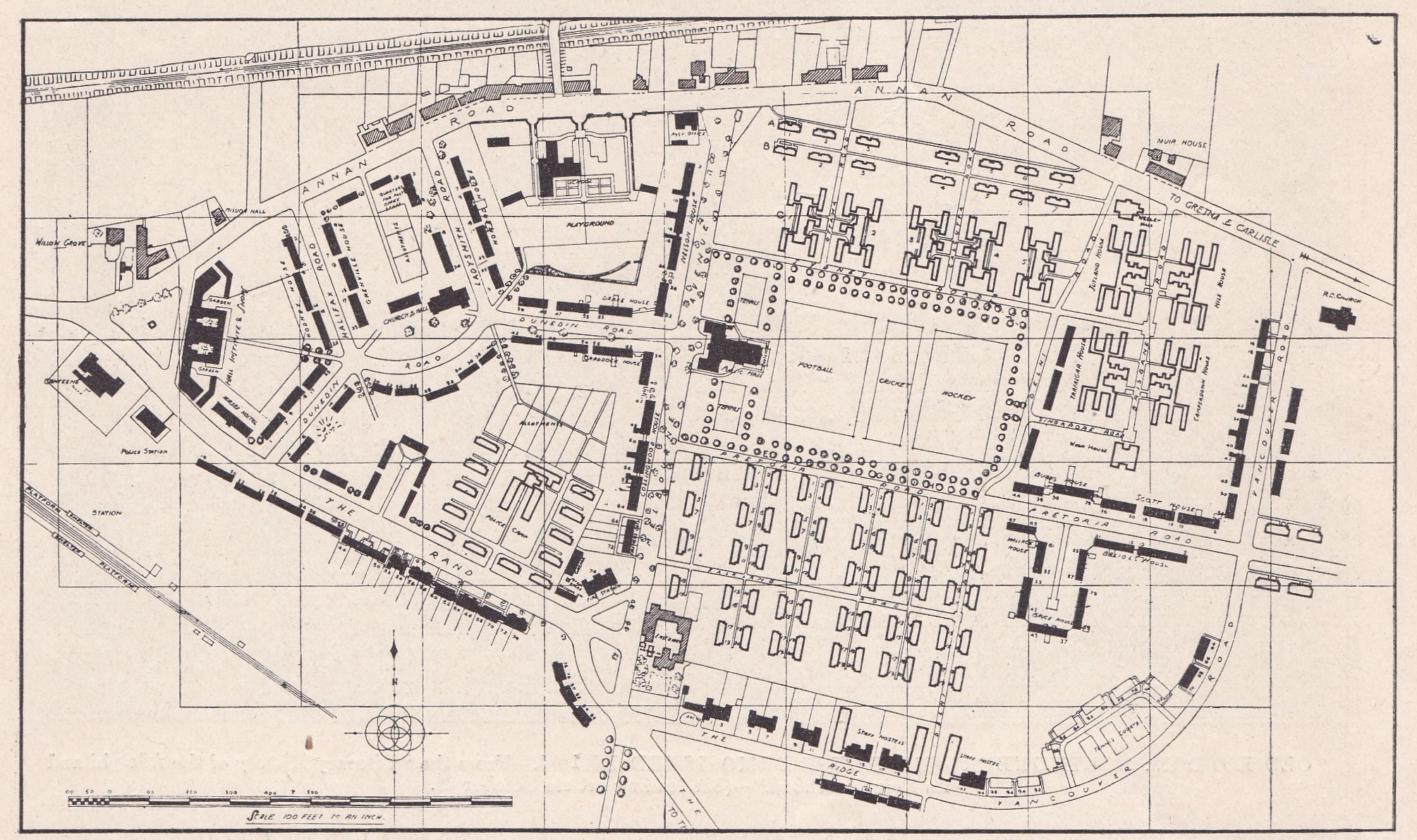
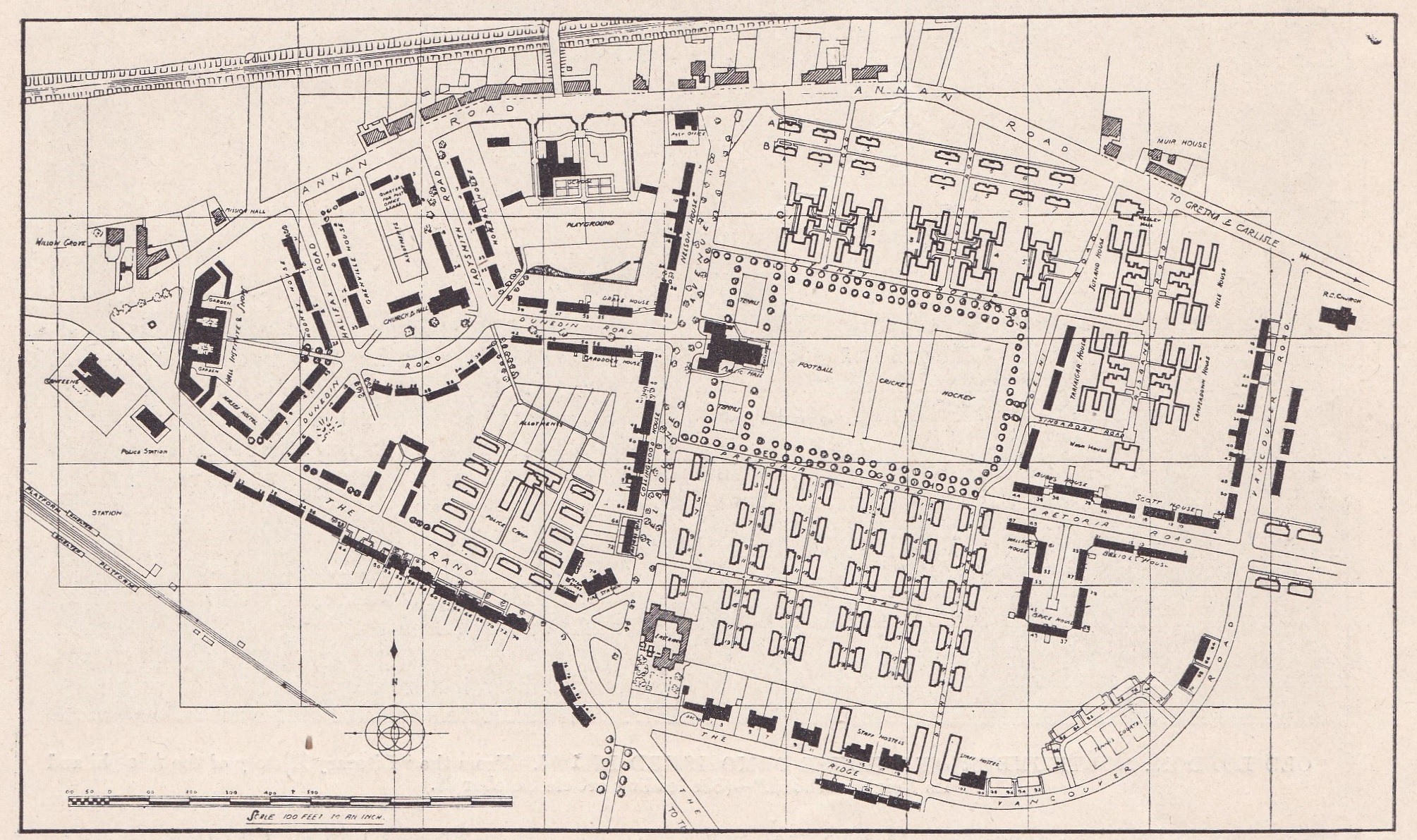
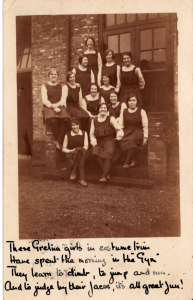
This photo has the following text written beneath it.
“These Gretna girls in costume trim
Have spent the morning in ‘the Gym’
They learn to climb, to jump and run,
And to judge by their faces, it’s all great fun!”
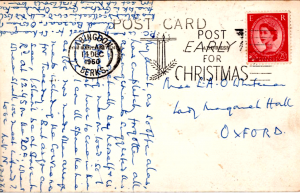
Interestingly, the postcard wasn’t sent until 1960 and when it was sent it was sent to someone (a female student?) at Lady Margaret Hall, Oxford. The main text of the postcard does not relate to the photo on the front but the Postscript does. It seems the writer of the postcard bought it at a Church Bazaar.
The following is an extract from the back of the postcard:
“Owner of this splendid collection and really did take wk in Gretna Green Ordnance Factory set up during First World War.”
The gym is described in a Museum document as being “…fitted with all the most modern gymnastic appliances, and the classes held for girl operatives on several occasions each week, under the direction of a trained instructress, have been attended with most gratifying and beneficial results, physically and otherwise.”
The same document also describes the uniforms worn by the girls: “The members of these classes wear a neat and serviceable uniform that affords them ample freedom for their numerous exercises.”
We are very pleased with this new addition to our Museum collection. If you are interested in the stories of Gretna Girls and their experiences in World War One, this publication (available from the Museum’s online shop) may be of interest to you:
Lives of Ten Gretna Girls booklet
